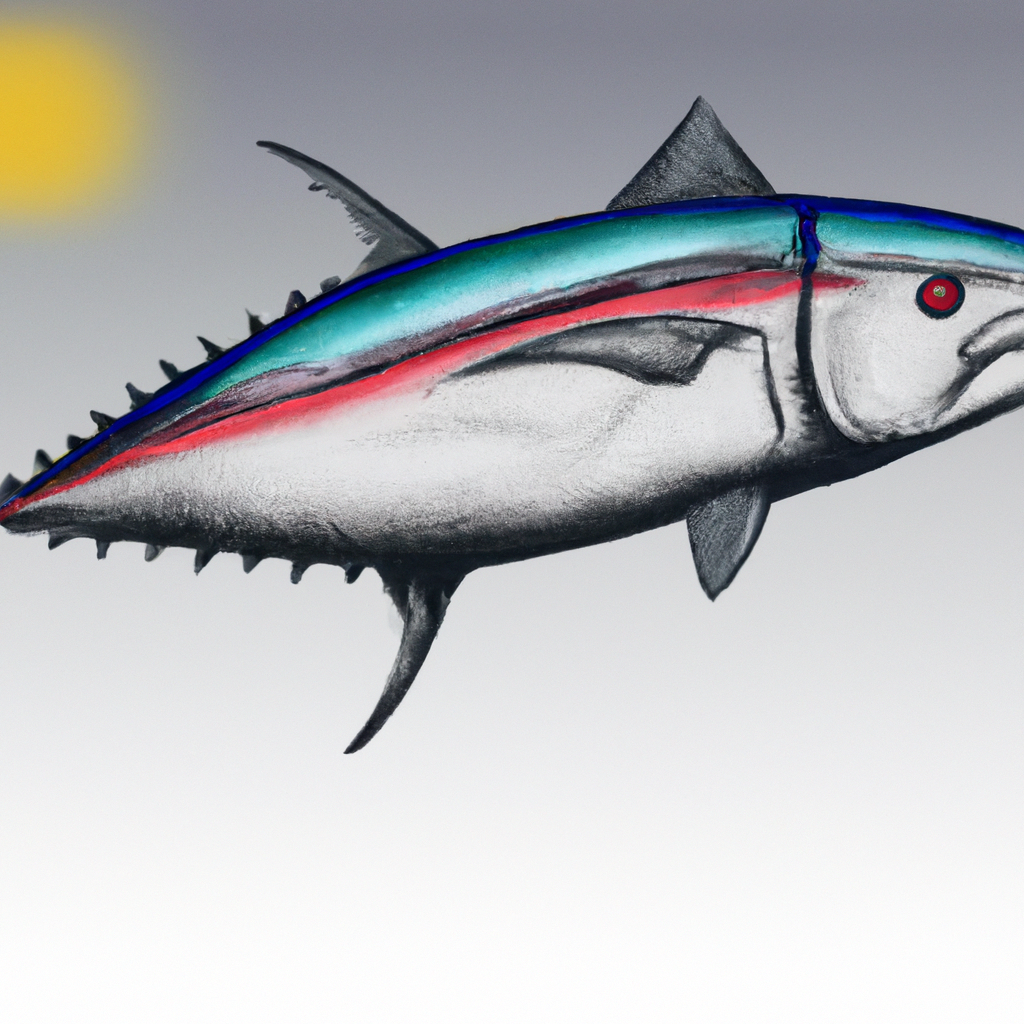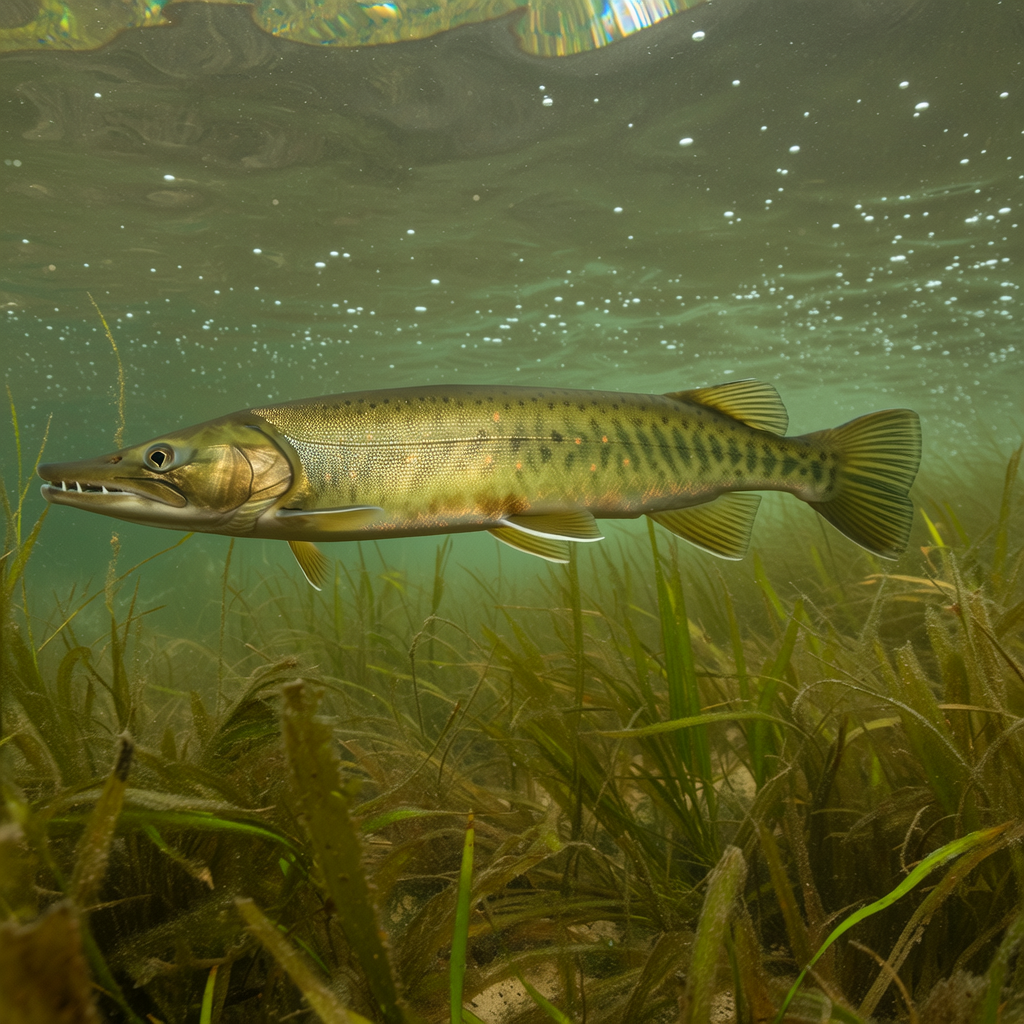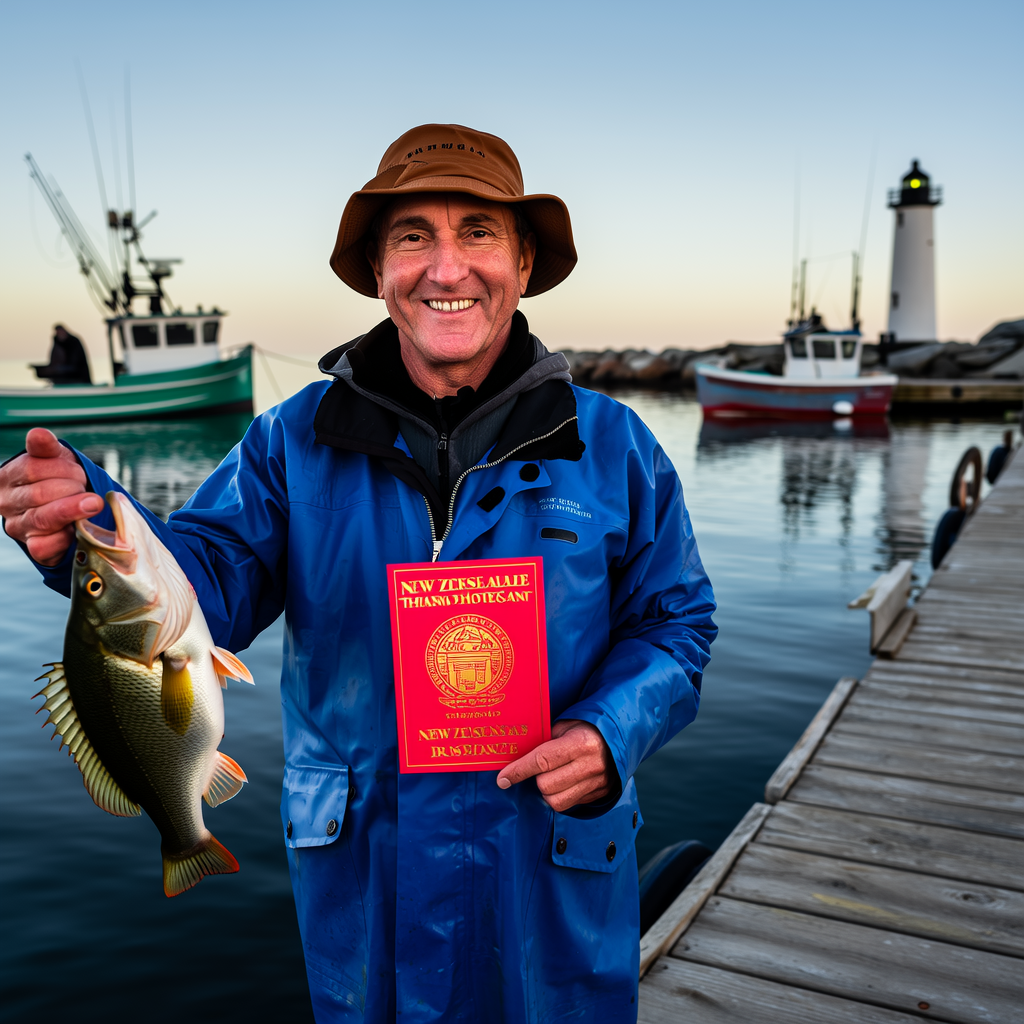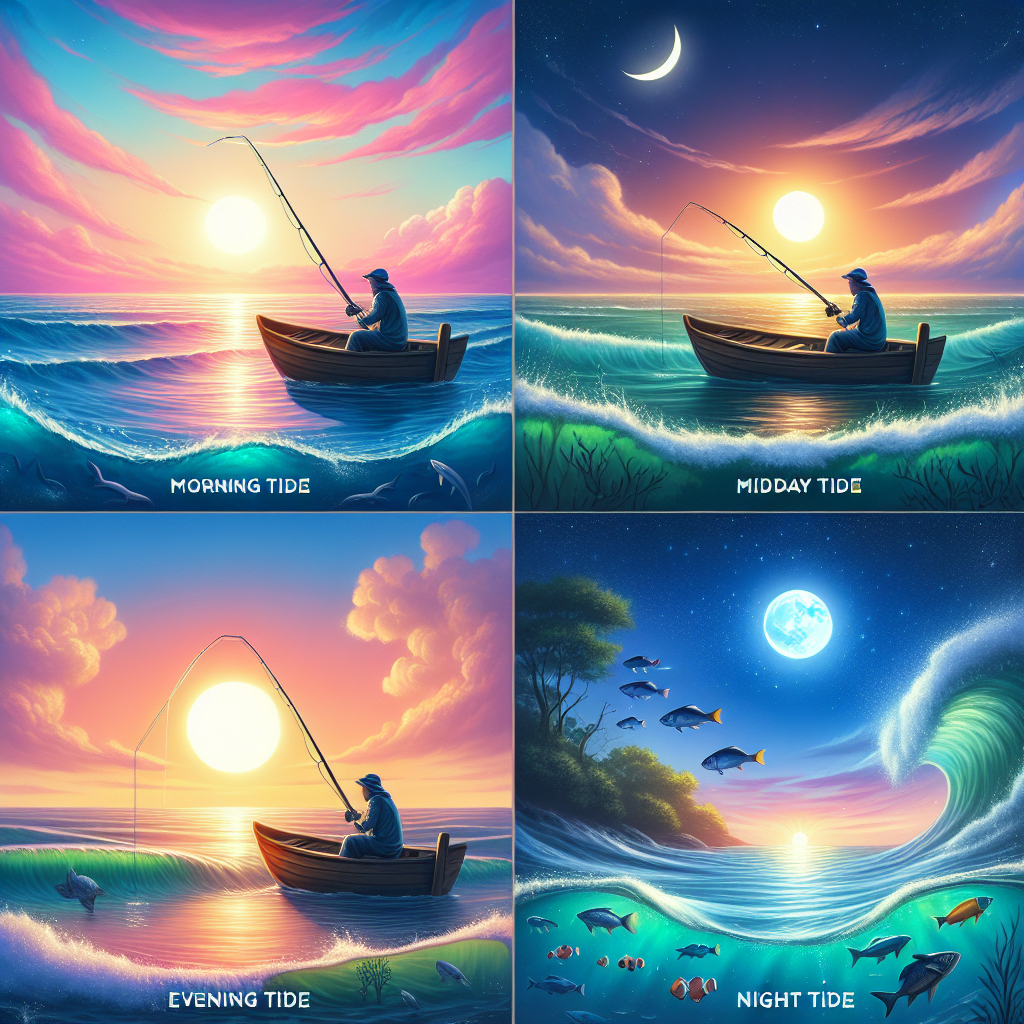Fishing tuna is a challenge for many anglers. These powerful, large fish are some of the fastest and most elusive fish in the ocean, making them prized catches for any angler. This guide will help you catch the biggest and best tuna, whether you are an experienced tuna fishing or just starting out.
Tuna Types
Before we get into the specifics on how to catch tuna it’s important that you understand the different types of fish that live in our oceans.
1. Yellowfin Tuna
Yellowfin tunas are one of the most popular tunas for sport fishing. They are usually found in the warm oceans of the Atlantic Ocean, Pacific Ocean, and Indian Ocean. The flesh of the yellowfin tuna is prized because it has a rich flavor.
2. Bluefin Tuna
Bluefin tuna are the largest and strongest of all tunas, with some individuals weighing over 1,000 pounds. Bluefin Tuna are prized for their flesh and can be found in both the Atlantic and Pacific Oceans.
3. Albacore Tuna
Albacore tuna, also known as “white Tuna,” can weigh up to 50 pounds. They are found in the Atlantic and Pacific Oceans. Their mild flavor and tender texture make their flesh highly prized.
4. Bigeye Tuna
Bigeye tuna is found in warm waters of the Pacific Ocean and Indian Ocean. They can reach up to 500 pounds in weight and are highly sought after for their rich, fatty meat.
Techniques for fishing tuna
1. Trolling
The most common way to catch tuna is by trolling. This involves slowly dragging live bait or lures behind a boat to attract a tuna. Trolling is most efficient when done at 6-8 knots. The lures or baits should be placed at different depths in order to increase the chance of a strike.
2. Chunking
Chunking is the process of cutting up small pieces and throwing them overboard in order to create a chum film. This is done in the hope that it will attract larger fish such as tuna to the area. Once the tuna have been attracted, the anglers can cast into the slick to wait for a bite.
3. Jigging
Jigging is the use of a heavy metal lure, which is dropped and quickly retrieved near the seafloor. This is an effective way to catch tuna as they are usually found in deeper water.
4. Drifting
Drifting is an effective technique that involves drifting with the current while using lures or other bait. This technique allows anglers the opportunity to cover a larger area and increase their chances for attracting tuna. This technique is most successful in areas with strong currents.
Tackle and equipment for tuna fishing
1. Rods
To handle powerful fish like tuna, you need a heavy-duty fishing rod. The rod should be 6 feet long, and capable of handling line weights of at least 80 pounds.
2. Reels
Tuna fishing requires a high-quality reel that has a powerful drag system. The reel must be able handle at least 600 yards of line, with a pound test of 80.
3. Lines
Monofilament or braided line is recommended for tuna fishing. Braided line has a low stretch and is more sensitive.
4. Leaders
To prevent the line from snapping while reeling in large tuna, a fluorocarbon leader with a minimum 100-pound test strength is required.
5. Bait and lures
Tuna can also be caught using a variety lures and baits. These include live baits, artificial lures and chunk baits. Tuna is often caught using squids, mackerel and herring.
The Right Fishing Location
When it comes down to fishing for tuna, the location is key. Tuna are highly mobile and can be found in many different places depending on the season. The best places to fish for tuna are usually in deep water near underwater structures and in areas where there are strong currents.
Best times to fish for tuna
The best time to fish for tuna varies by species and location. The best times to fish for tuna are usually during the summer, when the waters are warm and the fish most active. Also, during the early morning and late afternoon hours, when the light is low and the water calm, and when the water temperature is at its highest.
Tuna Fishing Regulations
When targeting tuna, it’s important to know the local fishing regulations. Tuna species are overfished and strict regulations are in place to ensure long-term sustainability. Check your local fishing regulations, and adhere to them if you want to protect these valuable fishes for future generations.
Conclusion
Anglers will find fishing tuna a rewarding and challenging experience. You can catch the biggest tuna in your life with the right equipment, fishing techniques, and location. This comprehensive guide will help you increase your chances of a successful tuna fishing trip.




